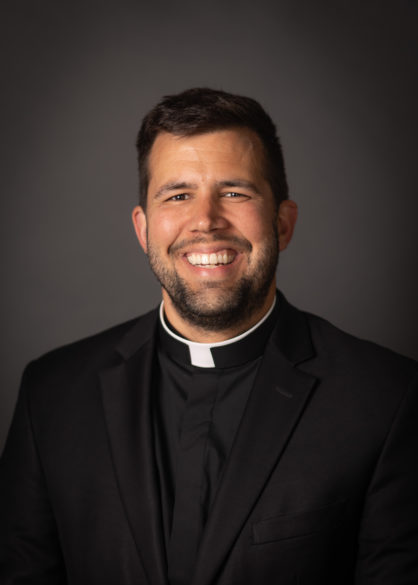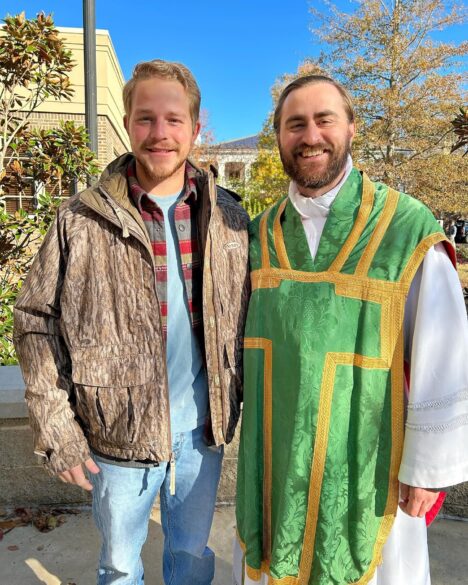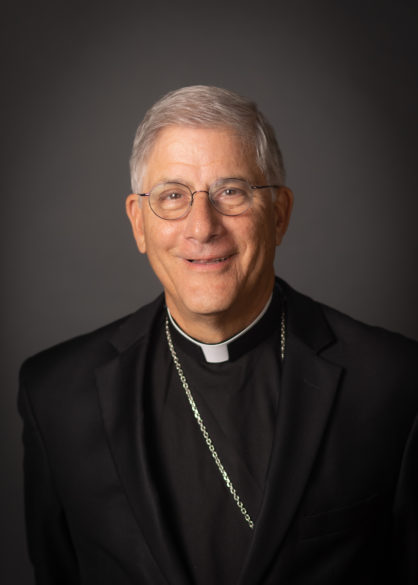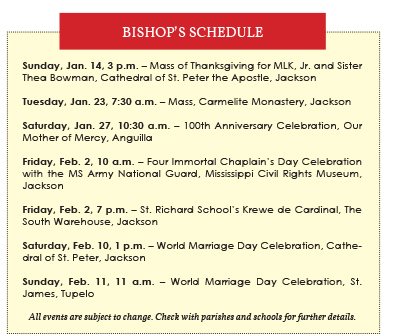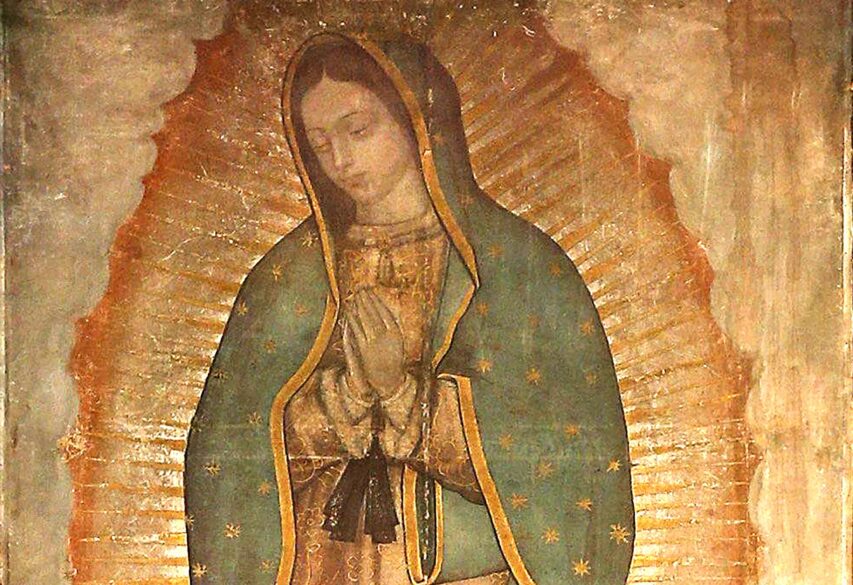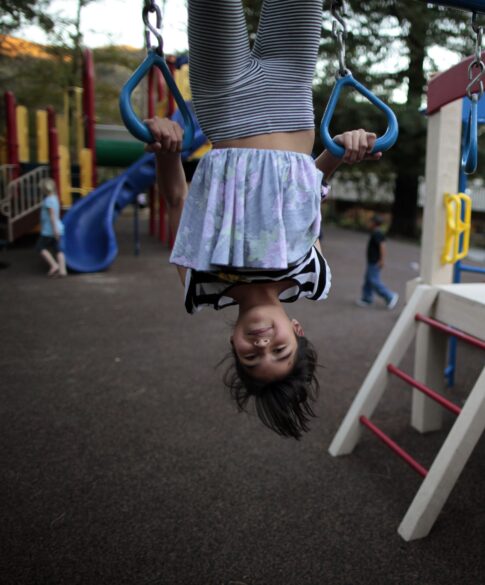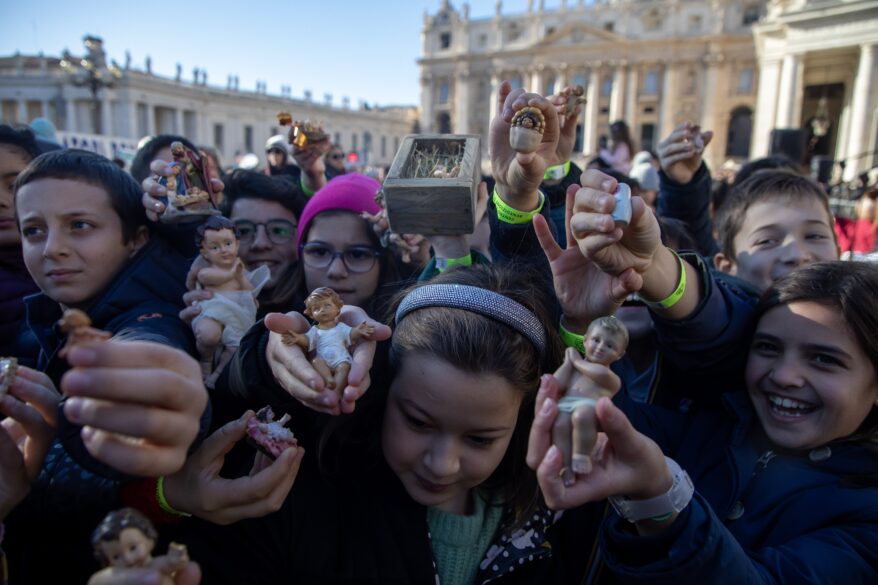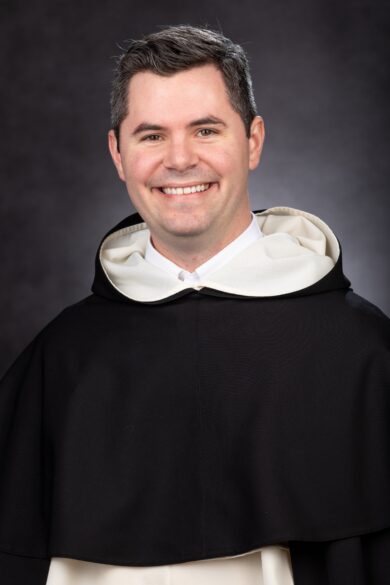IN EXILE
By Father Ron Rolheiser, OMI
When all is said and done, our lives are not all that serene and peaceful. In a manner of speaking, we are always somewhat pathetic. That shouldn’t scare us. Pathetic is not a pejorative term. The word comes from the Greek, pathos, which means pain. To be pathetic is to live in pain, and we all do because of the very way we are made.
You might say that doesn’t sound right. Aren’t we made in the image and likeness of God so that each of us, no matter how messed up our lives might be, carry a special dignity and a certain godliness within us? We do carry that special dignity. However, despite that and largely because of it, our lives tend to be so complex as to be pain filled. Why?
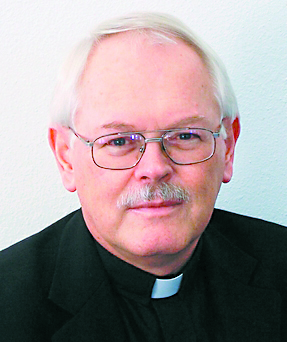
Godliness isn’t easy to carry. The infinite inside us doesn’t easily fit itself into the finite. We carry too much divine fire inside to find much peace in this life.
That struggle begins early in life. To create a self-identity as a very young child, we need to make a series of mental contractions which ultimately limit our awareness. First, we need to differentiate ourselves from others (That’s mom – I’m me); then, we need to differentiate between what is living and what is not (the puppy is alive – my doll isn’t); next, we need to differentiate between what is physical and what is mental (this is my body – but I think with my mind). Finally, and critically, as we are doing all this, we need split off as much of our luminosity we can consciously handle from what is too much to consciously handle. With that we create a self-identity – but we also create a shadow, namely, an area inside us which is split off from our consciousness.
Notice that our shadow is not first of all a looming darkness. Rather, it’s all the light and energy inside us that we cannot consciously handle. Most of us, I suspect, are familiar with the words of Marianne Williamson made famous by Nelson Mandela in his inauguration speech: Our deepest fear is not that we are inadequate. Our deepest fear is that we are powerful beyond measure. It is our light, not our darkness that most frightens us.
Our light frightens us because it is not easy to carry. It gives us great dignity and infinite depth, but it also makes us pathologically complex and restless. Ruth Burrows, one of the foremost spiritual writers of our time, begins her autobiography with these words: I was born into this world with a tortured sensitivity and my life has not been an easy one. You wouldn’t expect those words from a mystic, from someone who has been a faithful nun for more than seventy-five years. You wouldn’t expect that her struggle in life was as much with the light within herself as with the darkness within and around her. That’s also true for each of us.
There’s a famous passage in the Book of Qoheleth where the sacred writer tells us that God has made everything beautiful in its own time. However, the passage doesn’t end on a peaceful note. It ends by telling us that, while God has made everything beautiful in its own time, God has put timelessness into the human heart so that we are congenitally out of sync with time and the seasons from beginning to end. Both our special dignity and our pathological complexity take their origins in that anomaly in our nature. We are overcharged for life on this planet.
St. Augustine gave this classic expression in his famous line: You have made us for yourself, Lord, and our hearts are restless until they rest in you. There is an entire anthropology and spirituality in that single line. Our dignity and our perpetual restlessness have one and the same source.
Thus, you need to give yourself sacred permission for being wild of heart, restless of heart, insatiable of heart, complex of heart and driven of heart. Too often, where both psychology and spirituality have failed you is in giving you the impression that you should be living without chaos and restlessness in your life. Admittedly, these can beset you more acutely because of moral inadequacy, but they will beset you no matter how good a life you are living. Indeed, if you are a deeply sensitive person, you will probably feel your complexity more acutely than if you are less sensitive or are deadening your sensitivity with distractions.
Karl Rahner once wrote to a friend who had written to him complaining that he wasn’t finding the fulfillment he longed for in life. His friend expressed disappointment with himself, his marriage and his job. Rahner gave him this counsel: In the torment of the insufficiency of everything attainable, we ultimately learn that in this life there is no finished symphony.
There can be no finished symphony in this life – not because our souls are defective, but because they carry godliness.
(Oblate Father Ron Rolheiser is a theologian, teacher and award-winning author. He can be contacted through his website www.ronrolheiser.com.)

